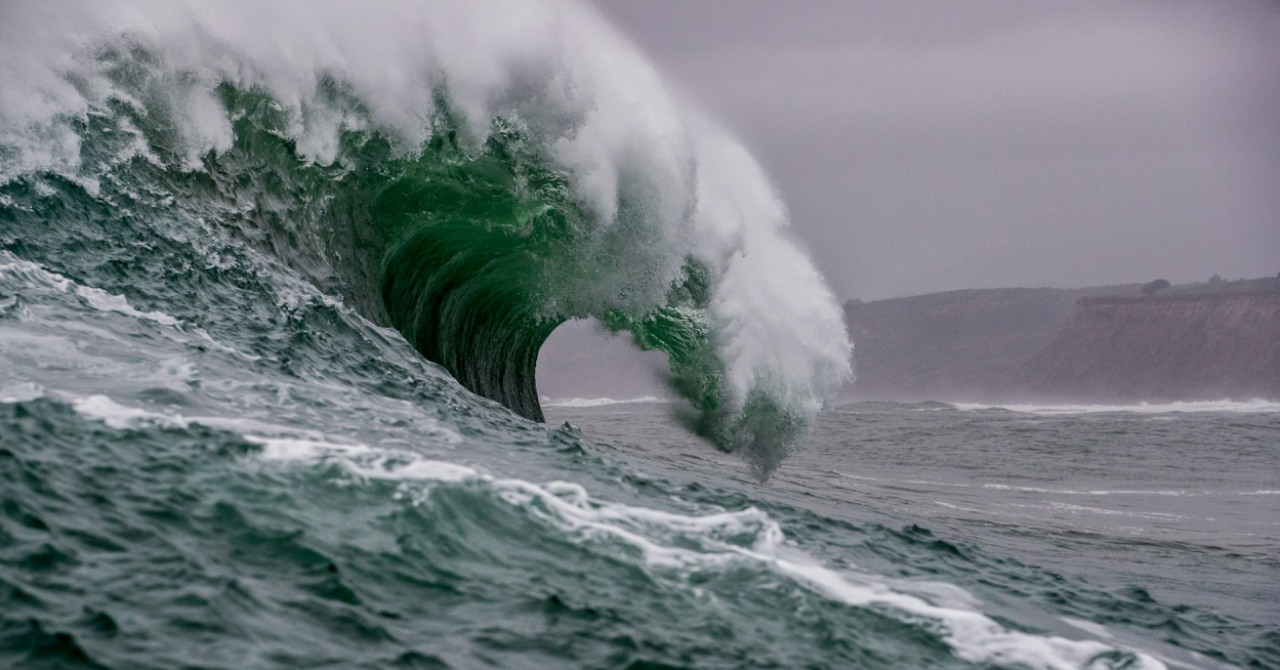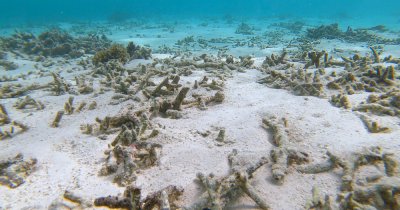Previously, it's been thought that Europe can't be hit by tsunamis, at least not on a regular basis. Last year, however, we reported that. Marseille, Alexandria and Istanbul find themselves among the cities that are in danger of being struck by a tsunami reaching more than a meter high.
While a little over one meter might not seem like great danger, we have to remember that waves that stand at 1.5 to 2 meters tall can lift cars from the ground. Even shorter ones can prove to be very dangerous as they are essentially water walls travelling at 65 km/h.
Despite the fact that tsunamis don't occur often in the northern Atlantic Ocean, experts say that these events still account for around 5% of the full number of giant waves. The most powerful tsunami to hit the North Atlantic happened in Lisbon centuries ago and it is linked to the great earthquake that hit the city in 1755.
As per Euronews.green, Hélène Hébert, national coordinator of the CENALT, said that "the most powerful tsunami that we know about in the Atlantic was the one triggered by the Lisbon earthquake of 1755."
The quake at the time, she added, had a magnitude of 8.5 on the Richter scale, highly unusual for the area it struck in, but very common throughout the Pacific Ocean by comparison.
"Although the French coasts were largely protected by the Iberian Peninsula, the tsunami destroyed most of Lisbon and Cadiz and parts of Morocco, with several thousands of victims", she added, mentioning that the waves also reached parts of Ireland.
"This is the kind of major tsunami that we can expect to happen every three to five centuries. So, it could happen tomorrow - or it could happen in the next century - but we know that it will happen."
Now, the 1755 tsunami was quite a rare occurrence, one that we could see on the Old Continent every few centuries, but it's also true that smaller waves could hit us more frequently. Even at a smaller scale, tsunamis can be quite deadly, if ignored.
CENALT was established in 2012 following the 2004 tsunami that hit the Indian Ocean and it is being operated non-stop by French experts who monitor sea activity, as well as work on evacuation and prevention plans. The first 15 minutes from detecting a threat, such as an earthquake or a tsunami, are critical, which is why developing the best strategy to start from there could be literally life-saving for coastal communities.
Pascal Roudil, technical coordinator at the CENALT, said that "our aim is to alert the relevant authorities within 15 minutes because the tsunamis can arrive quite quickly. In the western Mediterranean, for instance, if we have an earthquake near Algeria, it will cross the sea within an hour and 15 minutes. So, it doesn’t leave much time."
So far, the service of CENALT was only informational and not urgent, although its operators say it's only a matter of time before more serious action will be required.
“We don’t expect waves of 20m, like in Japan, Chile or Sumatra, but more like one to two meters," explains Hélène Hébert.
 Mihai - Cristian Ioniță
Mihai - Cristian Ioniță












Any thoughts?